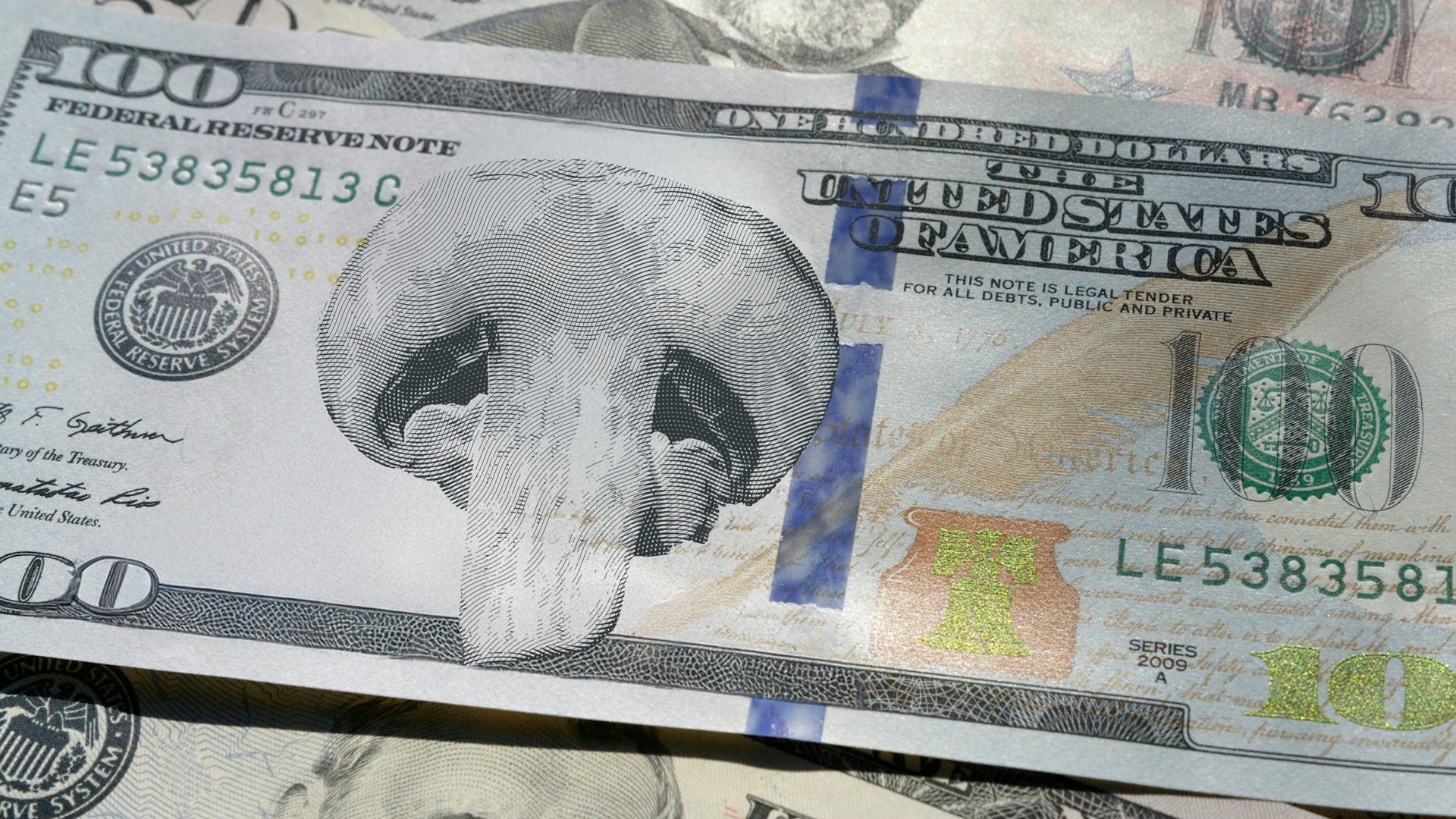A series of management blunders apparently killed the more than century-old Kmart chain and even older merger partner, Sears, from alienating its core constituencies by upgrading its clothing lines to failing to change with the times and embrace online shopping.
The last full-size U.S. store, in Bridgehampton, New York, was shuttered recently, bowing to the merchandizing prowess of such competitors as Walmart and Target.
“With Kmart you just never believed they sold high quality product,” Ellis Verdi, founder and president of the New York ad agency DeVito/Verdi, told The Food Institute. “Price and promotions [eclipsed] all else. It was the best example of the difference between low prices and a strong value message.
“Most brick-and-mortar retail competitors who competed on price, such as Walmart, delivered brand name products or a true value proposition like a new 55-inch HDTV you couldn’t get elsewhere,” Verdi added.
Kmart and Sears merged in 2005, creating a 3,500-store behemoth with more than 300,000 employees. But both retailers were struggling.
Ill-Advised Decision
- Anthony Miles, startup and marketing expert, forensic marketing expert and statistician at Miles Development Industries Corp., said Kmart’s first mistake was putting “two losers together.”
“The mistake was not only letting Sears hang on too long, but this merger was doomed from the start. Kmart was losing to Walmart and Sears was losing to Walmart. … Not only did the merger not make sense, it showed desperation for both of them. Not a good look to consumers at all,” Miles said, adding that Kmart never differentiated itself from Walmart and Target, and was plagued by bad management.
“That bad management led to bad decisions, bad strategic planning, bad marketing strategy and bad business moves,” Miles said.
Digital strategist Andrew Johnson agreed.
“A big part of the blame can be placed on [CEO] Eddie Lampert, whose poor management decisions pushed Kmart and Sears into deeper trouble. Instead of focusing on saving the companies, Lampert forced different stores, and even departments within stores, to compete against one another,” Johnson explained.
“One of the worst policies he implemented was refusing to let stores in the same chain refer customers to another location for out-of-stock items. It created an unnecessary level of competition within the same brand, hurting both employees and customers.”
Kmart’s Blue Light Dims
Kmart began life as S.S. Kresge, a five-and-dime in Detroit, in 1899, with the first Kmart-branded store opening in 1962. Sears, Roebuck and Co. started out as a mail order catalogue in 1893, but shut down that arm of the company shortly before Amazon took the idea into the modern era. Neither company ever truly embraced online retailing.
Kmart filed for bankruptcy in 2002 and was scooped up by Lampert, who then turned his sights on Sears. The company became Sears Holdings, and that company filed for bankruptcy in 2018.
Kmart became known for its Blue Light Specials that sent customers scurrying to specific departments for limited-time markdowns with the announcement, “Attention Kmart Shoppers” as a blue light on a pole flashed.
“The greatest component that Kmart missed was focusing on the customer experience. The Blue Light Special was a success because it did just that; it created an amazing in-store experience,” said brand strategist Reilly Newman, founder of Motif Brands.
“They got comfortable, and their market was gobbled up by Target on the accessible designer side of the market and Amazon/Walmart on the value side of the market.”
“Kmart’s story is a valuable lesson for retailers to focus on the brand experience and invest in creating something memorable for their shoppers that connects digital to the physical store through emotions,” Newman added.
Kmart still has stores in Guam and the U.S. Virgin Islands. Sears still had eight stores on the mainland U.S. as of September and one in Puerto Rico.
The longtime retailers’ remain alive, but their widespread relevance is, undeniably, fading.











